Behind a high fence lies a vast area, the Amsterdamse Waterleidingduinen (Amsterdam Water Pipeline Dunes) nature reserve. Here we will try to spot wild deer and roe deer.
Our bikes have to stay outside the fence and anyone entering the grounds has to pay an entrance fee of €1.50 at a machine. In return, however, you will find beautiful hiking trails in a unique landscape.
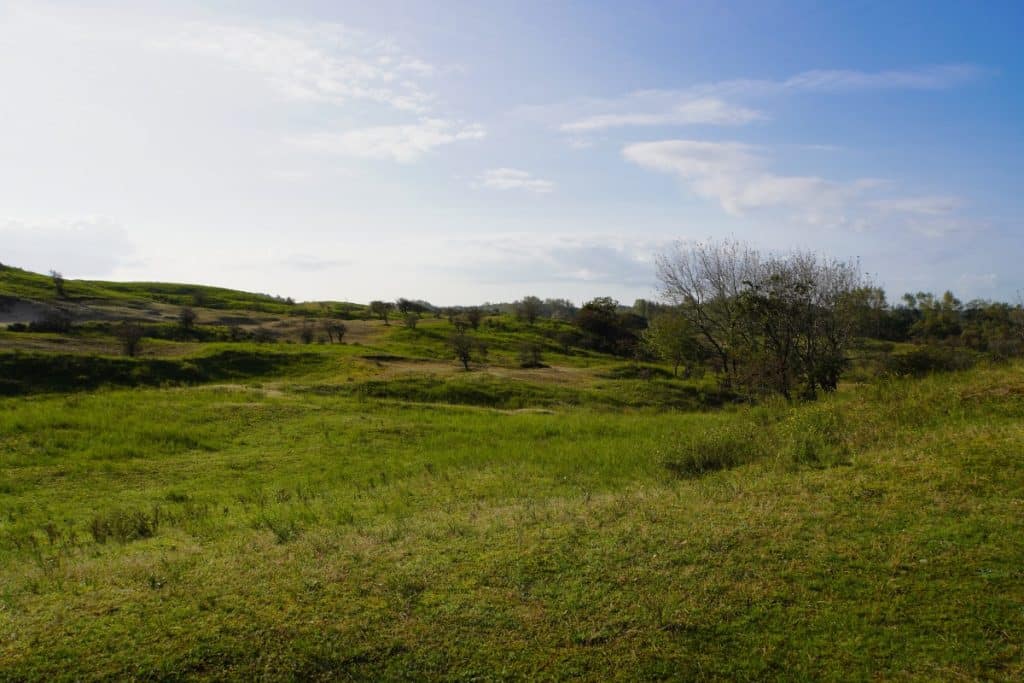
The story behind the name: Amsterdamse Waterleidingduinen
The area now known as the Amsterdamse Waterleidingduinen is not only a breathtaking dune landscape, but also the centre of an important historical system.
The name “Amsterdamse Waterleidingduinen” may sound a little technical at first, but I find the story behind it very fascinating. It all began in the 19th century, when the capital of the Netherlands (i.e. Amsterdam) was faced with a massive problem: How do you ensure that a growing city is always supplied with fresh and clean drinking water?
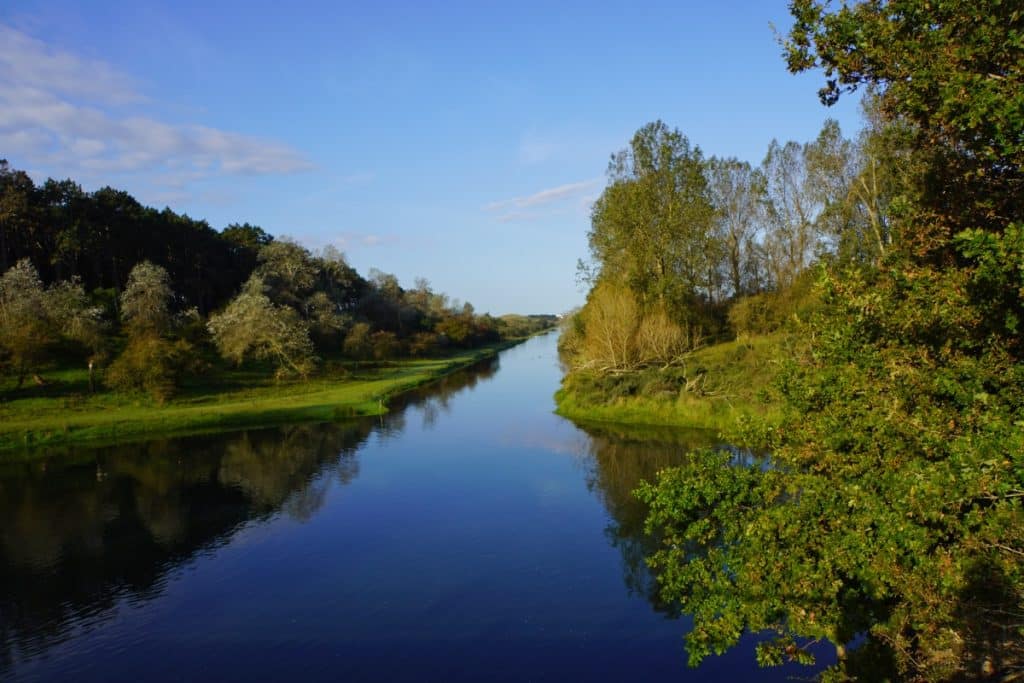
The answer was found in the natural dunes that stretched along the coast. These dunes were and still are not only scenically beautiful, but also form natural water filters.
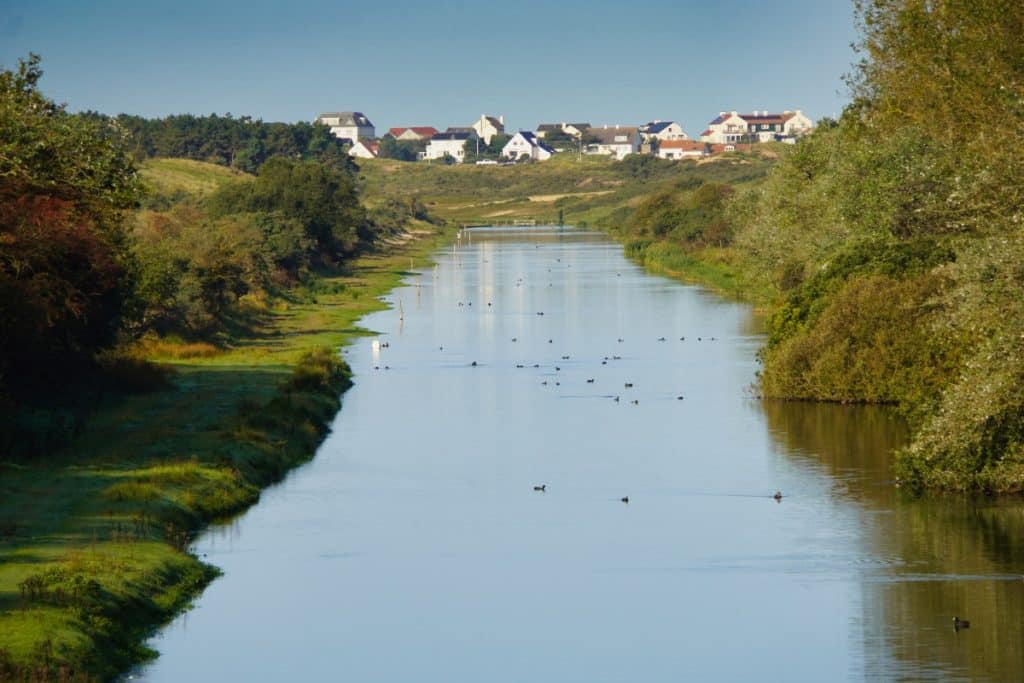
In 1853, the city therefore decided to create a system of pipes that channelled water from the dunes into the city. The Amsterdamse Waterleidingduinen were born!
Over the years, the city has continued to expand and optimise this system to meet the city’s growing needs. Today, 50 million cubic metres of water are extracted from the eastern edge of the dune area every year and channelled to the waterworks, where it is treated in several stages to produce drinking water.
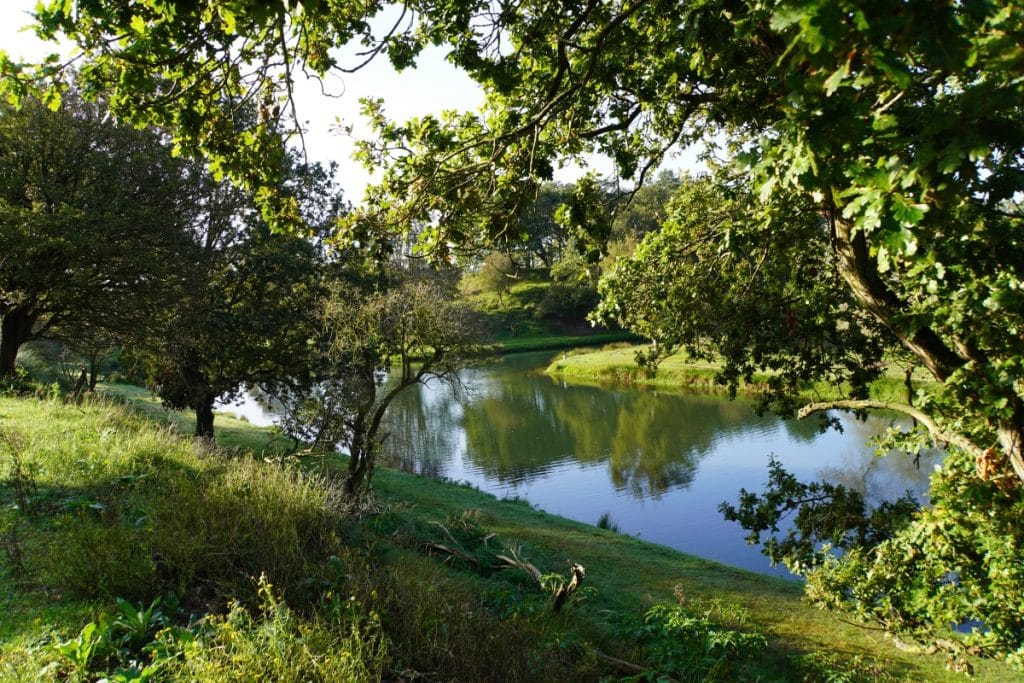
Why are there so many bunkers in the nature reserve?
The overview map at the entrance to the park clearly shows that there are countless bunkers in this area.
During the Nazi occupation of the Netherlands from 1940 to 1945, the German Wehrmacht was very keen to defend the coastal regions against possible Allied invasions.
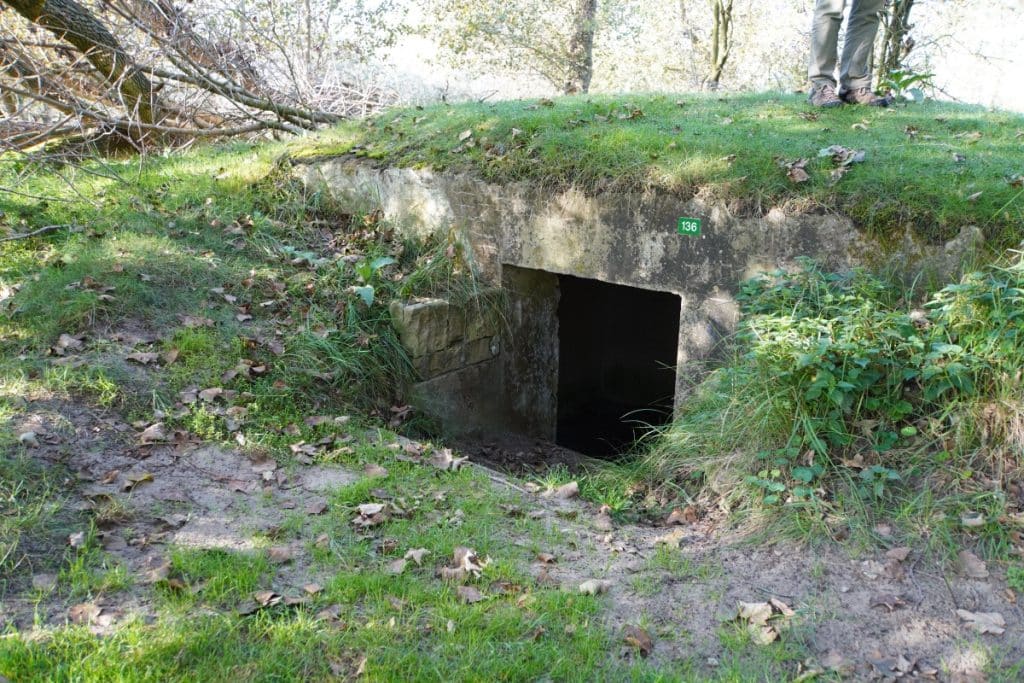
As part of the Atlantic Wall, a massive defence line that stretched from Norway to the Spanish border, numerous fortifications, including bunkers, were built in the Netherlands. The Amsterdam water conduit dunes were an ideal location for the construction of these fortifications due to their strategic position near the coast and the capital.
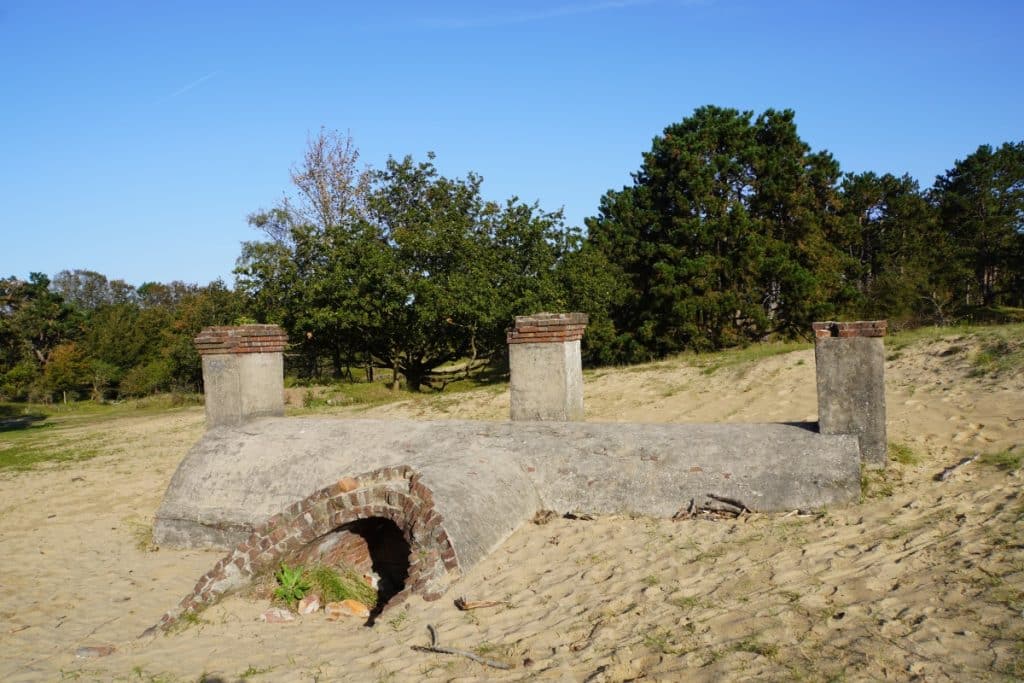
The bunkers served various purposes: from simple shelters for soldiers to storage and communication centres to gun emplacements to fend off enemy attacks.
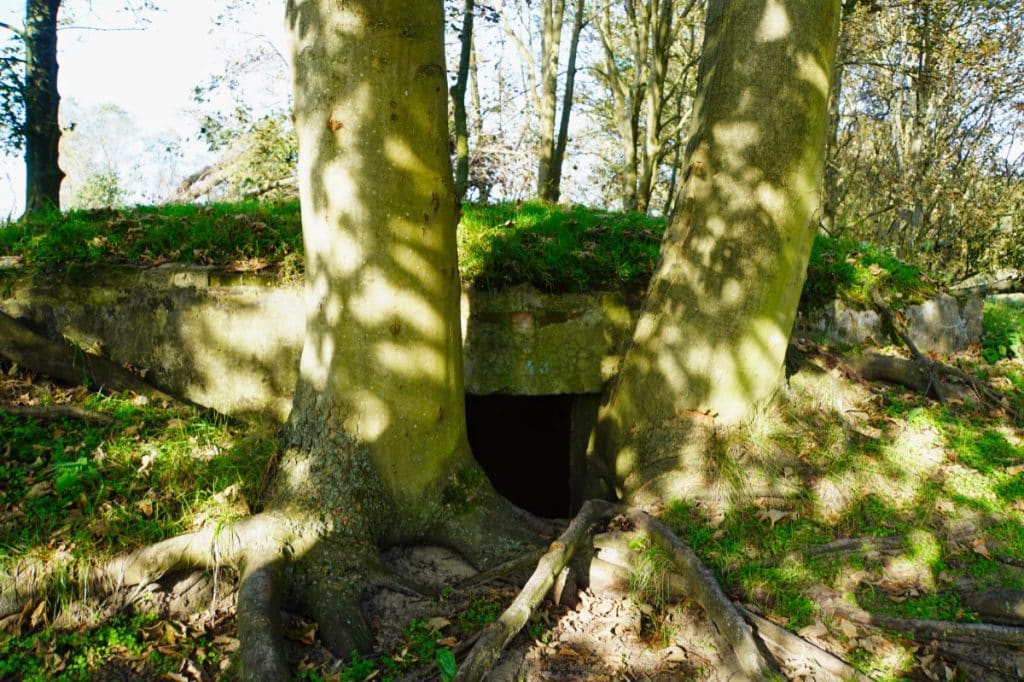
Many of these bunkers were preserved even after the Second World War. There are still around 400 bunkers in the Amsterdam water supply dunes. Over time, nature has overgrown the bunkers and they have become an integral part of the dune landscape. Some are well hidden and are now home to bats.
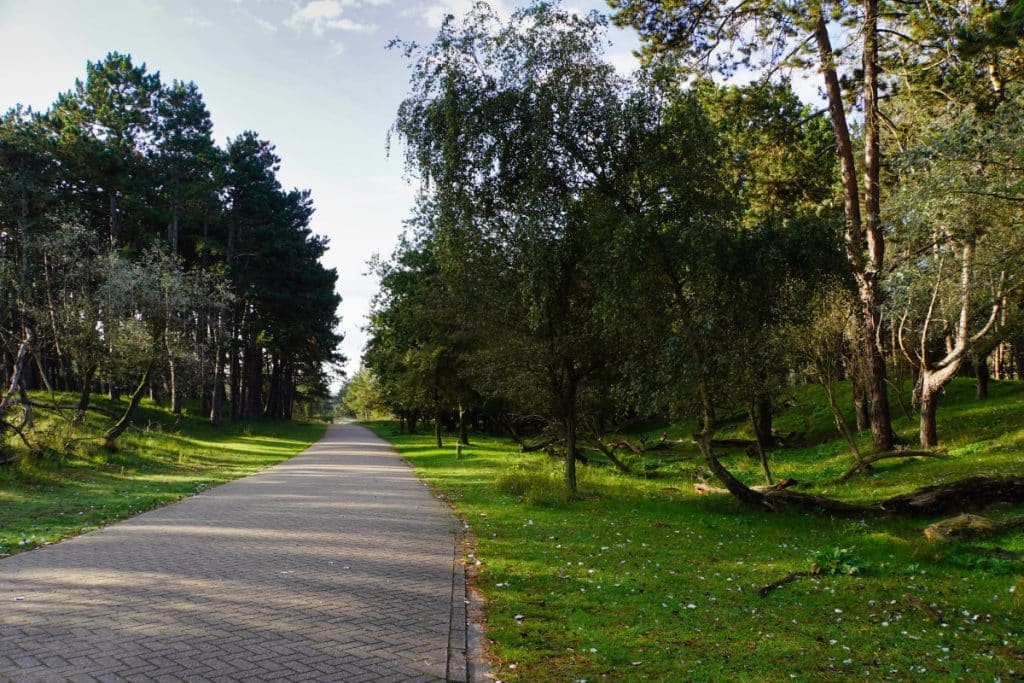
There is a signposted hiking trail that leads to some of the bunkers. I was able to discover a small part of them during my visit and was admittedly amazed at how well preserved they are.
About the wildlife in the Amsterdamse Waterleidingduinen
The Amsterdam aqueduct dunes are not only a symbol of human ingenuity and the history of war, but also a paradise for nature lovers. In this special dune area, visitors encounter an astonishing variety of wildlife.
Deer and roe deer are the most majestic inhabitants of these dunes. But where did they come from and how did they establish themselves in this unique landscape?
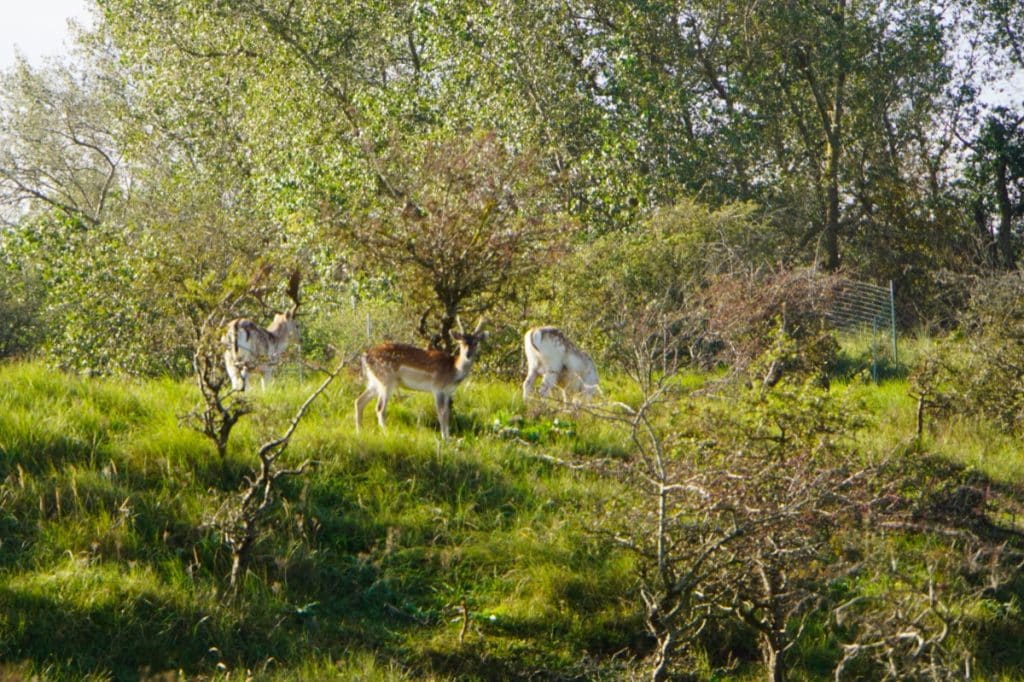
Firstly, it is important to realise that fallow deer were not originally native to the Netherlands. The animals were introduced in various parts of Europe as ornamental and hunting animals and have become established in the wild in some areas. In the 1970s, the first sightings of fallow deer occurred in the Amsterdam water supply dunes. Until then, only a population of roe deer had lived in the dunes.
Without natural predators and in an area that offers plenty of food and shelter, the fallow deer population has increased greatly over time. A few decades after their introduction, their numbers began to increase considerably. Initially, they were still allowed to be hunted in the area. In 1997, it was decided to stop hunting roe deer and to analyse the effects.
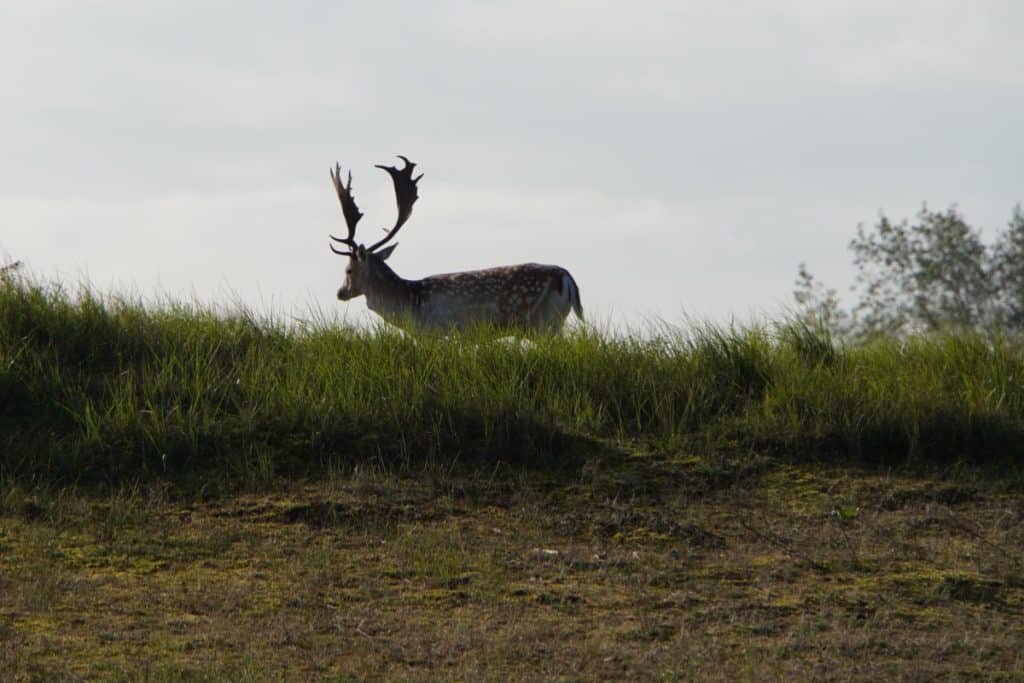
This was followed by a rapid increase in the animal population, which led to problems. The deer could no longer find enough food and travelled to nearby Zandvoort in search of food. Here they devoured the gardens and green spaces, much to the annoyance of the residents.
In 2004, the municipal council proposed reducing the number of fallow deer through hunting. The local council did not agree and wanted other measures to be taken. The decision was made to erect fences and work began. The local council initially made the mistake of only protecting the “land side” from the deer. The animals then chose the path along the beach. Only when this path was also closed did peace return to Zandvoort.
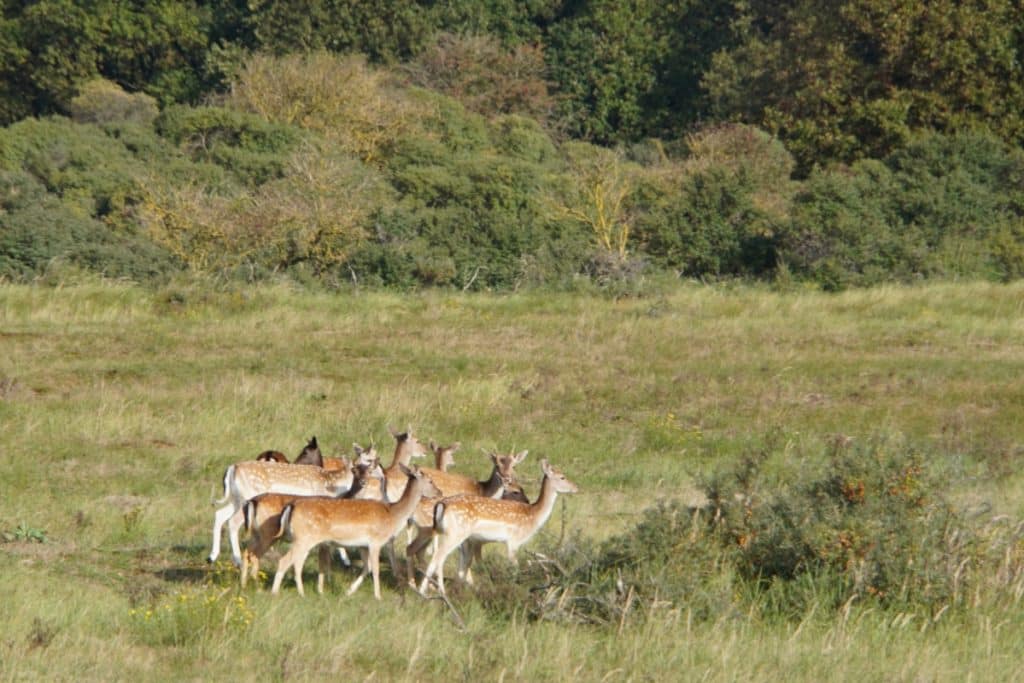
Of course, this did not solve the problem of a lack of food. Although more animals died due to the shortage, the damage to nature became increasingly massive. In addition, the population of other animal populations declined as their food sources also became fewer and fewer.
Today, the population is slowly being reduced through controlled hunting. Of the originally estimated 5000 animals, there are now around 3000 left in the Amsterdam water dunes. Each year, 1000 animals may be shot. However, as the animals continue to reproduce diligently, the population is only decreasing very slowly.
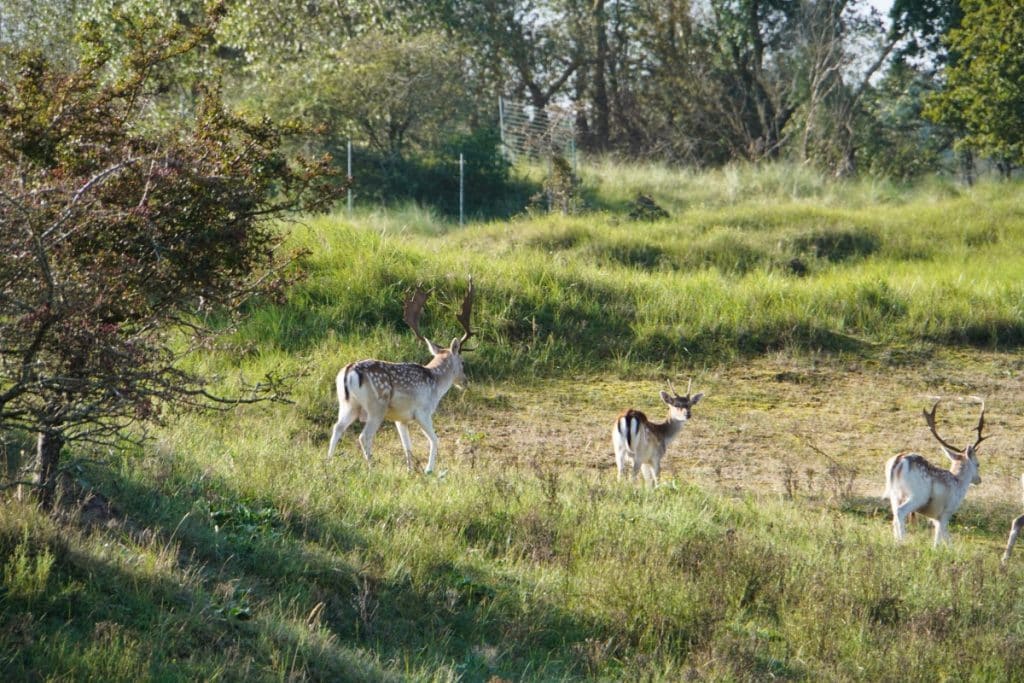
Today, deer and roe deer can be found almost everywhere in the dunes. It is not unusual to come across a herd of fallow deer on a walk through the area or to see a shy roe deer grazing.
But they are not alone. The area is also home to foxes, rabbits, many bird species and other smaller animals. From spring, when the young animals are born and the birds return, to autumn, when the deer rut offers an impressive spectacle, there is always something to see here.
In search of the deer
Numerous paths lead through the Amsterdam water pipeline dunes: two hiking routes are signposted. As the entire nature reserve is really very large, we would certainly have needed a whole day to explore it. Fortunately, we had a knowledgeable guide who not only provided us with everything we needed to know, but also knew the places where the animals often hang out.
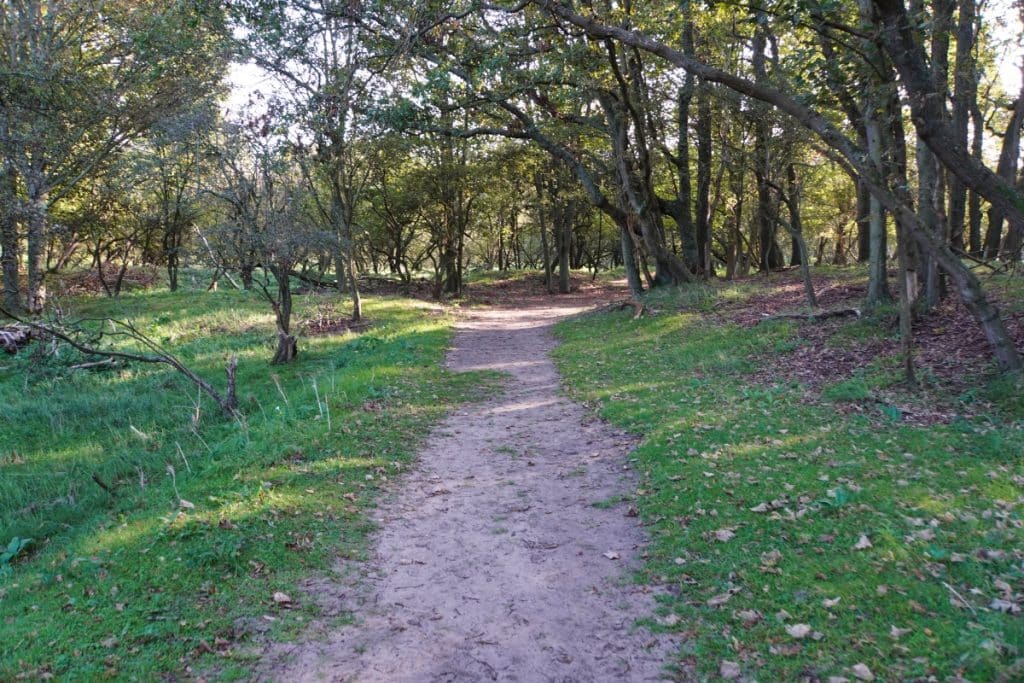
To do this, we left the signposted paths and wandered across the meadows, which is allowed here!
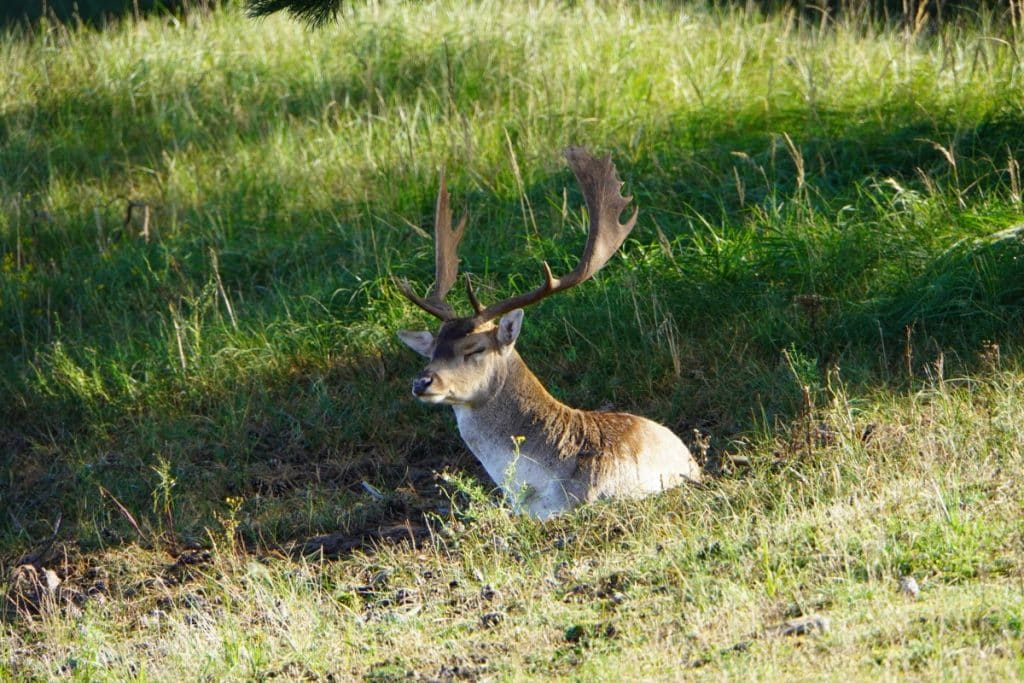
We finally spotted our first stag under a tree just 50 metres away from us. He was lying calmly in the sun and didn’t let us disturb him. You could almost have had the feeling that he enjoyed being seen and deliberately turned his mighty antlers towards the camera.
After this first sighting, we spotted more and more animals. They mostly stood together in small groups and kept a respectful distance from us. If we came too close to their “protection zone”, they jumped a few metres further and grazed again with relish.
What a wonderful experience! I have never seen fallow deer living in the wild in such numbers and, above all, at such close quarters.
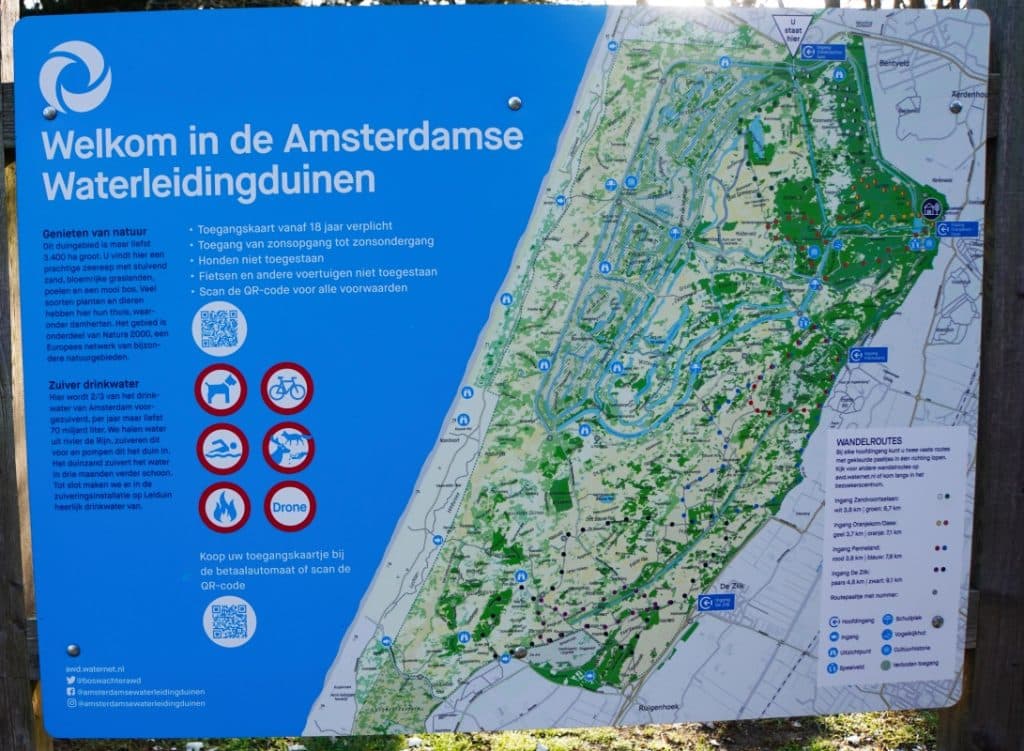
The visit to the Amsterdamse Waterleidingduinen took place as part of a press trip with Zandvoort Tourism.
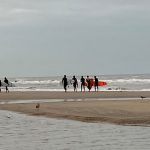
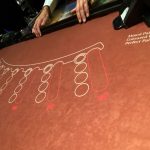

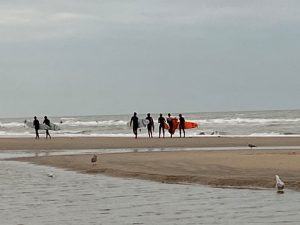
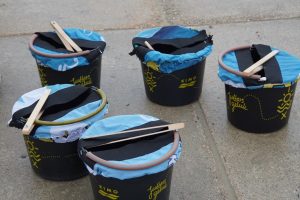

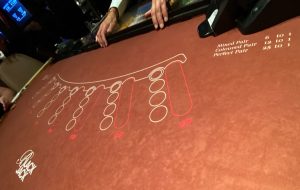
Leave a Reply